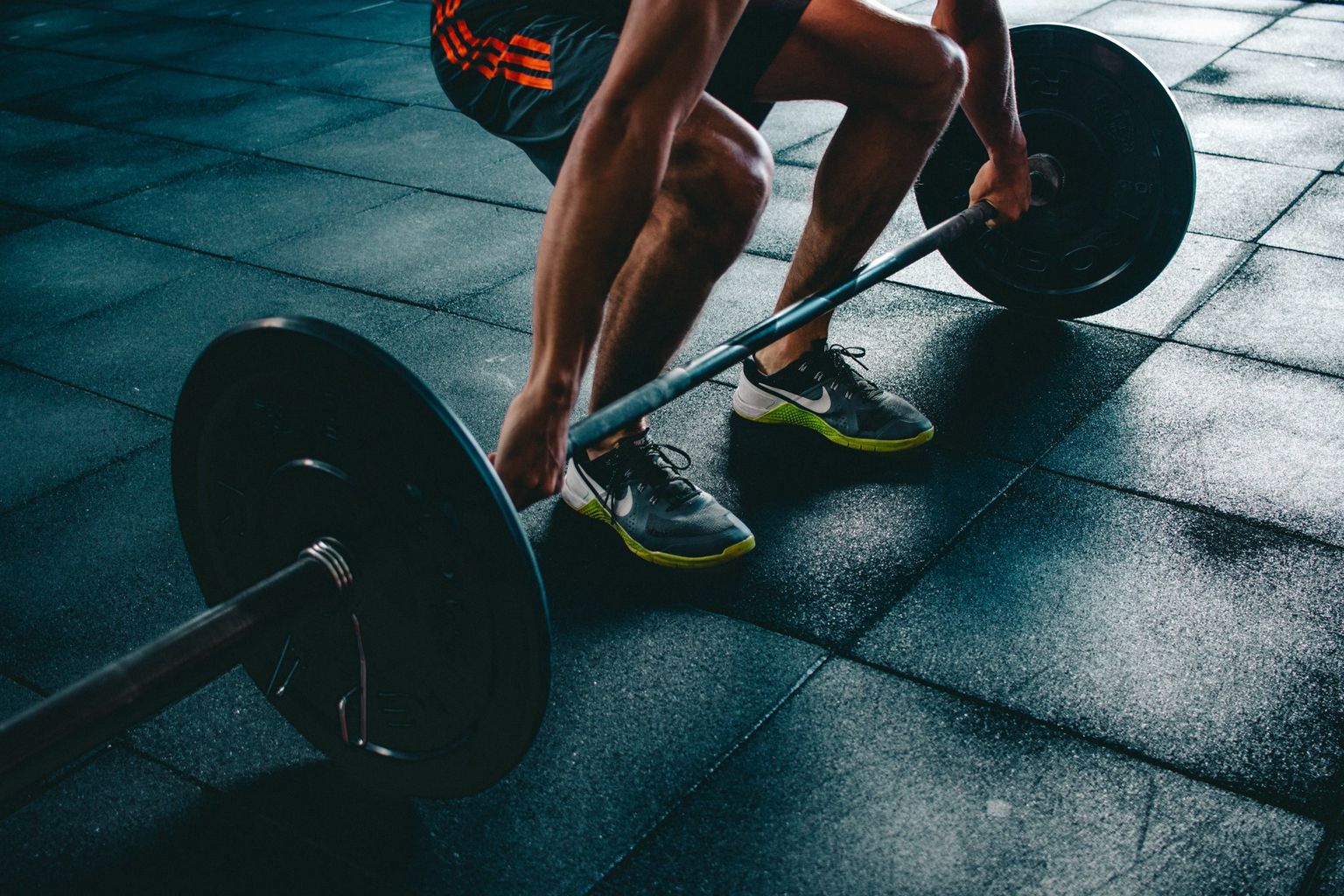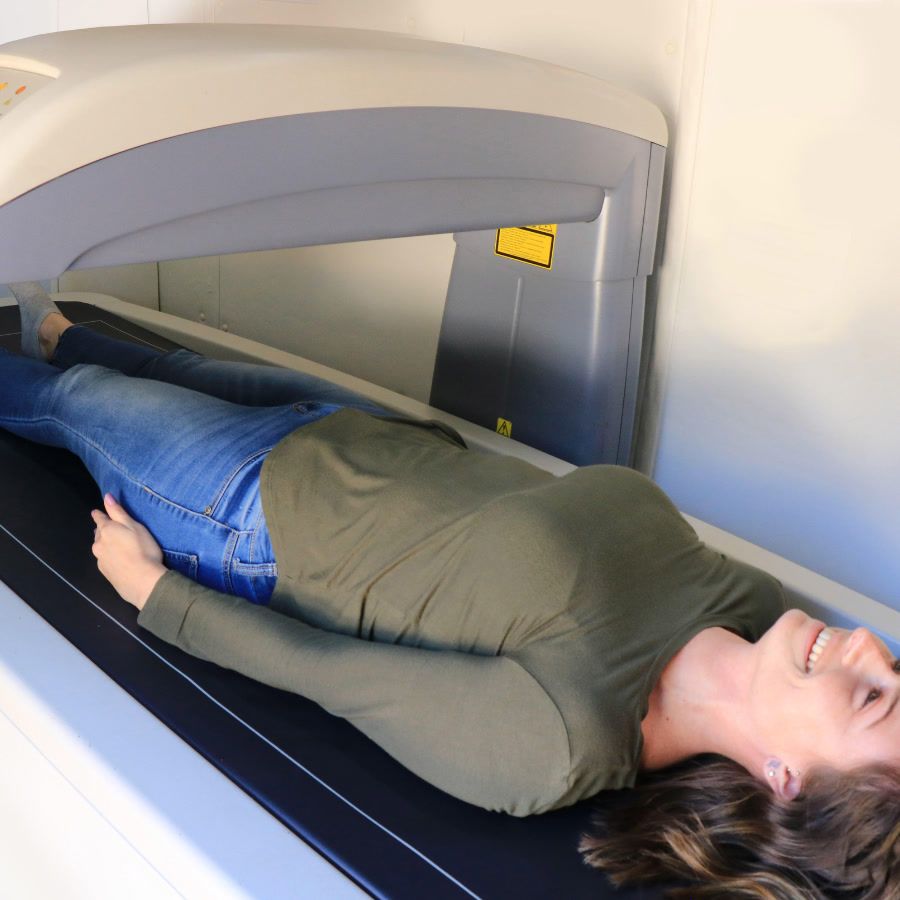How Much Sleep Do I Need Calculator and Guide

How Much Sleep Do I Need Calculator (Guide & Charts)
Searching for a how much sleep do I need calculator usually means you want fast, personalized guidance—not a lecture. Good news: you can nail the answer with a simple chart and a little math (no fancy app required). Use the bedtime table below to match your wake-up time with full 90-minute sleep cycles, then dive into the science-backed tips that follow.
⚡️ Calculate Your Ideal Bedtime
Quick start: Find your target wake-up time in the left column and trace across to see three bedtime options—9, 7.5, or 6 hours before you need to get up. Adding a 15-minute buffer for “time to fall asleep” keeps the math realistic.
| Target Wake-Up | 6 Cycles (9 h) | 5 Cycles (7.5 h) | 4 Cycles (6 h) |
|---|---|---|---|
| 5:30 AM | 8:15 PM | 9:45 PM | 11:15 PM |
| 6:00 AM | 8:45 PM | 10:15 PM | 11:45 PM |
| 6:30 AM | 9:15 PM | 10:45 PM | 12:15 AM |
| 7:00 AM | 9:45 PM | 11:15 PM | 12:45 AM |
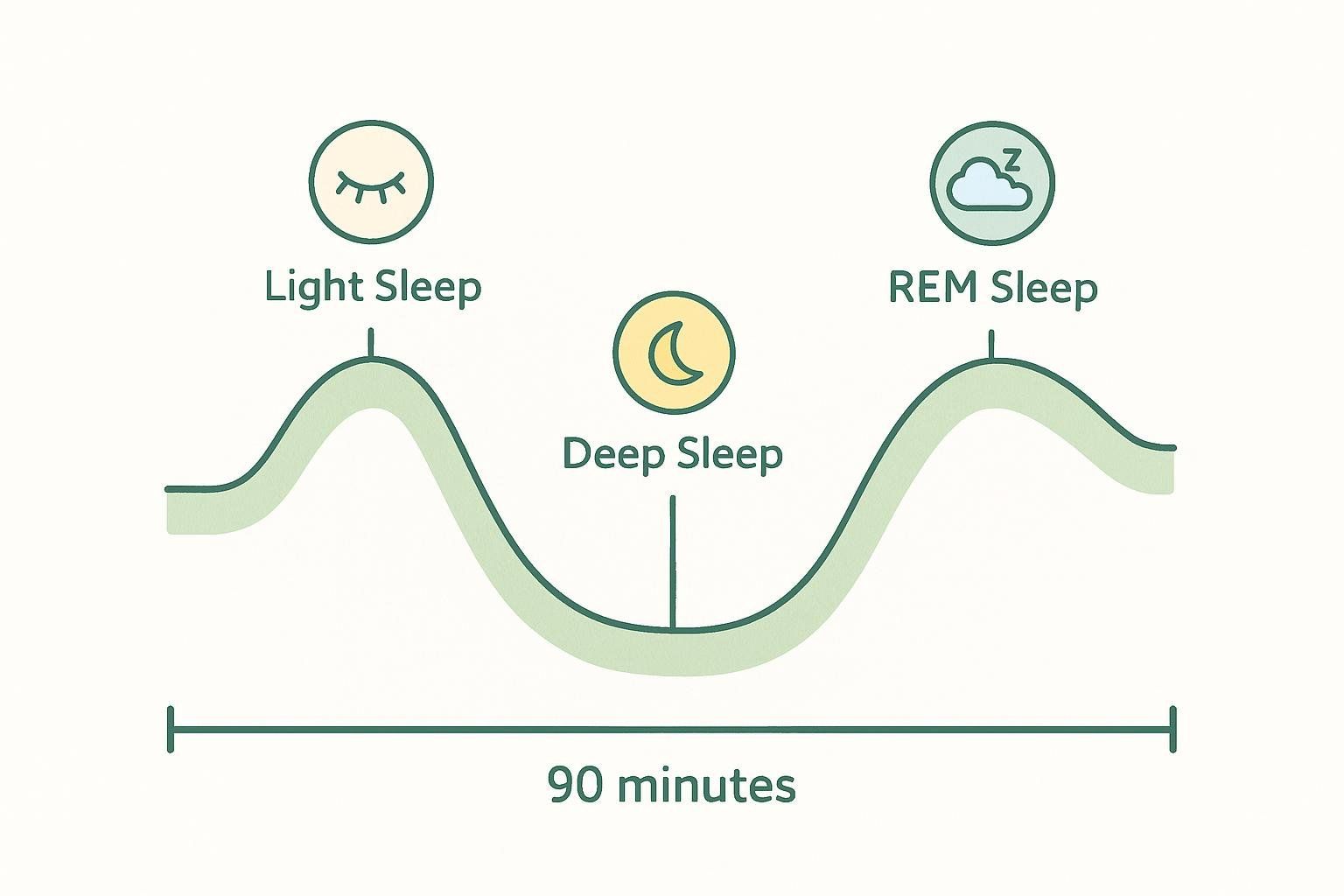
Why 90-minute blocks? A complete sleep cycle averages about 90 minutes (NIH). Timing your alarm for the end of a cycle helps you dodge that brick-wall grogginess called sleep inertia.
Recommended Sleep Hours by Age
Total shut-eye needs still change with age. Large public-health surveys consolidate expert guidance into the ranges below (Sleep Foundation):
| Age Group | Hours of Sleep / 24 h |
|---|---|
| Newborns (0–3 mo) | 14–17 h |
| Infants (4–12 mo) | 12–16 h |
| Toddlers (1–2 yr) | 11–14 h |
| Preschoolers (3–5 yr) | 10–13 h |
| School-Age (6–12 yr) | 9–12 h |
| Teens (13–18 yr) | 8–10 h |
| Adults (18–60 yr) | ≥7 h |
| Adults (61–64 yr) | 7–9 h |
| Adults (65+ yr) | 7–8 h |

If you’re training hard, battling stress, or recovering from illness, aim for the upper half of your range.
Why Hitting Your Sleep Target Matters
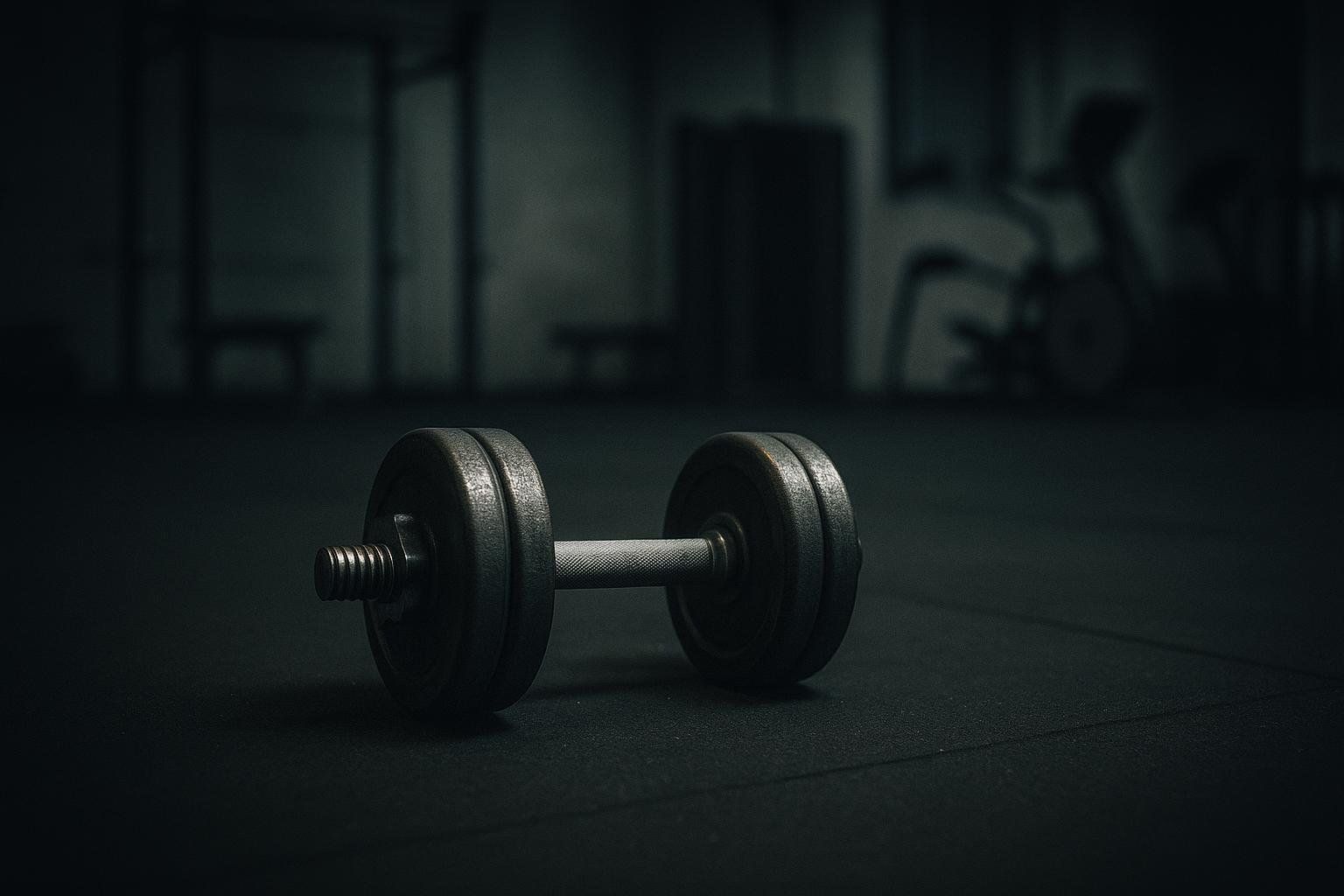
Skimping on sleep does more than tank your morning mood:
- Impact on hormones: In healthy young men, a week of sleeping less than five hours per night slashed daytime testosterone by up to 15% (Sleep Foundation)—a hormone crucial for muscle repair and growth.
- Metabolic misfires: Sleep loss spikes ghrelin (your hunger hormone) and insulin resistance, making fat loss tougher—a process explained in our Metabolism 101 guide.
- Brain fog & mood dips: REM sleep is critical for memory and emotional regulation; miss it and both suffer.
- Long-term health risks: Chronic short sleep is linked to higher rates of heart disease, obesity, type 2 diabetes, and depression (Centers for Disease Control and Prevention).
Curious how better rest shifts body composition? Book a DEXA scan with BodySpec to see real-time changes in lean mass, fat mass, and bone density.
Inside a Sleep Cycle
Each full cycle flows through four stages (NCBI Bookshelf):
- NREM 1: A brief transition from wakefulness—just a few minutes.
- NREM 2: Light sleep that is the longest segment of any cycle, often making up about half of total nightly sleep.
- NREM 3: Deep, slow-wave sleep that lasts roughly 20–40 minutes and drives physical recovery.
- REM: Dream-rich sleep that starts at around 10 minutes in the first cycle but lengthens with each repeat.
After REM, you loop back to stage 1. In an eight-hour night you’ll cycle four to six times.
Deep sleep—your body’s repair shop—releases growth hormone, rebuilds muscle, and clears metabolic waste; you can boost it with the strategies in our deep-sleep guide. REM is your brain’s editing suite—cementing memories and smoothing emotions.
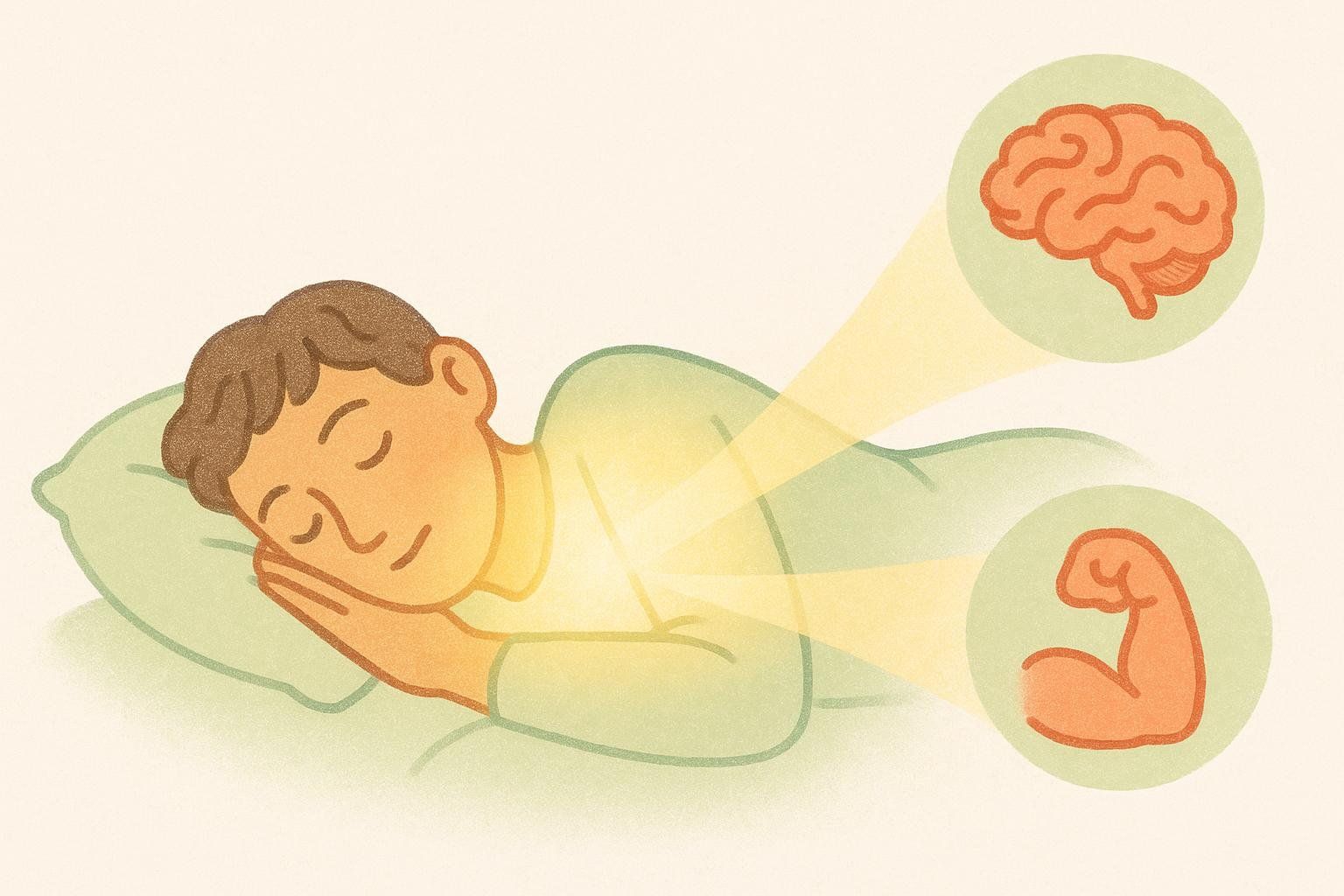
5 Steps to Find—and Stick to—Your Ideal Bedtime
- Lock in a wake-up time. Consistency trains your circadian rhythm.
- Choose your cycle count. Most adults thrive on 5–6 cycles (7.5–9 hours). If life gets crazy, 4 full cycles (6 hours) beats a random night.
- Add a 15-minute buffer. That’s about how long it takes the average person to fall asleep.
- Honor your chronotype. Night owl? Slide the schedule later when possible.
- Track & tweak. Wearables or a simple journal reveal what actually leaves you refreshed.
Sleep Hygiene Checklist
- Dim the lights an hour before bed. Less blue light → more melatonin.
- Cut caffeine after 2 PM. It hangs around with a roughly five-hour half-life.
- Keep it cool (65–68 °F). Core temperature drop signals “sleep time.”
- Set a digital sunset. No phones or laptops 30 minutes pre-bed.
- Exercise—but not right before bed. Morning or afternoon workouts improve sleep quality; late-night HIIT can delay REM.
- Limit alcohol. Nightcaps fragment REM cycles, as explained in our alcohol-and-sleep article.
Find more actionable tactics in our full guide, Tips & Tricks for Getting Enough Sleep.
Warning Signs You’re Still Under-Slept
- Multiple alarms needed to wake up
- Constant caffeine or sugar cravings
- Workouts feel unusually hard
- Frequent mood swings or memory slips
If these persist after tightening your routine, talk with a healthcare professional—conditions like sleep apnea are common and treatable.
Bottom Line
A fancy online calculator isn’t essential. With a wake-up time, 90-minute cycle math, and the age-based chart above, you can dial in a schedule that leaves you energized and ready to tackle the day.
Rested body, sharper mind, better DEXA results—what’s not to love?
Ready to quantify the payoff? Schedule a BodySpec scan and see how quality sleep boosts muscle, trims fat, and strengthens bone.
